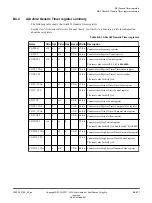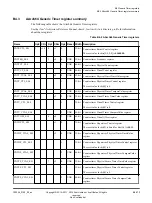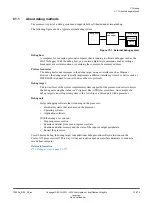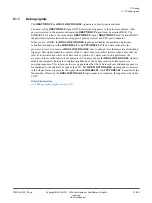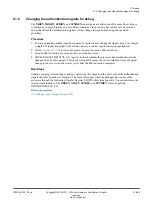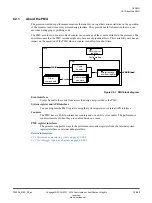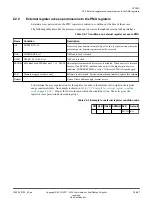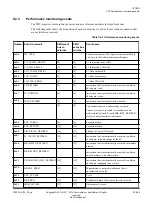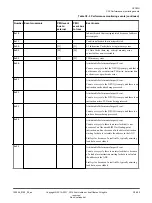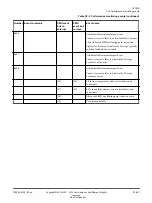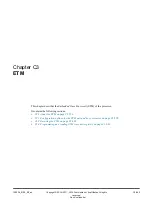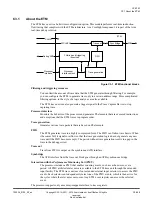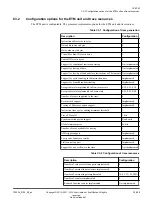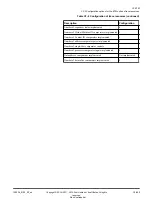
C1.8
Changing the authentication signals for debug
The
NIDEN
,
DBGEN
,
SPIDEN
, and
SPNIDEN
input signals are either tied off to some fixed value or
controlled by some external device. If software running on the processor has control over an external
device that drives the authentication signals, it must change the signal value using the specified
procedure.
Procedure
1. Execute an implementation-specific sequence of instructions to change the signal value. For example,
a single
STR
instruction might write certain values to a control register in a system peripheral.
2. If step
involves any memory operation, issue a
DSB
instruction.
3. Issue an
ISB
instruction or exception entry or exception return.
4. Poll the DBGAUTHSTATUS_EL1 register to check whether the processor has already detected the
changed value of these signals. This check is required because the system might not issue the signal
change to the processor until several cycles after the
DSB
instruction completes.
Next Steps
Software cannot perform debug or analysis operations that depend on the new value of the authentication
signals until this procedure is complete. The same rules apply when the debugger has control of the
processor through the Instruction Transfer Register, EDITR, while in debug state. You can determine the
relevant combinations of the
DBGEN
,
NIDEN
,
SPIDEN
, and
SPNIDEN
values by polling
DBGAUTHSTATUS_EL1.
Related information
A.14 Debug signals
C1 Debug
C1.8 Changing the authentication signals for debug
100236_0100_00_en
Copyright © 2015–2017, 2019 Arm Limited or its affiliates. All rights
reserved.
C1-584
Non-Confidential
Summary of Contents for Cortex-A35
Page 4: ......
Page 18: ......
Page 26: ......
Page 27: ...Part A Functional Description ...
Page 28: ......
Page 145: ...Part B Register Descriptions ...
Page 146: ......
Page 573: ...Part C Debug ...
Page 574: ......
Page 845: ...Part D Appendices ...
Page 846: ......


